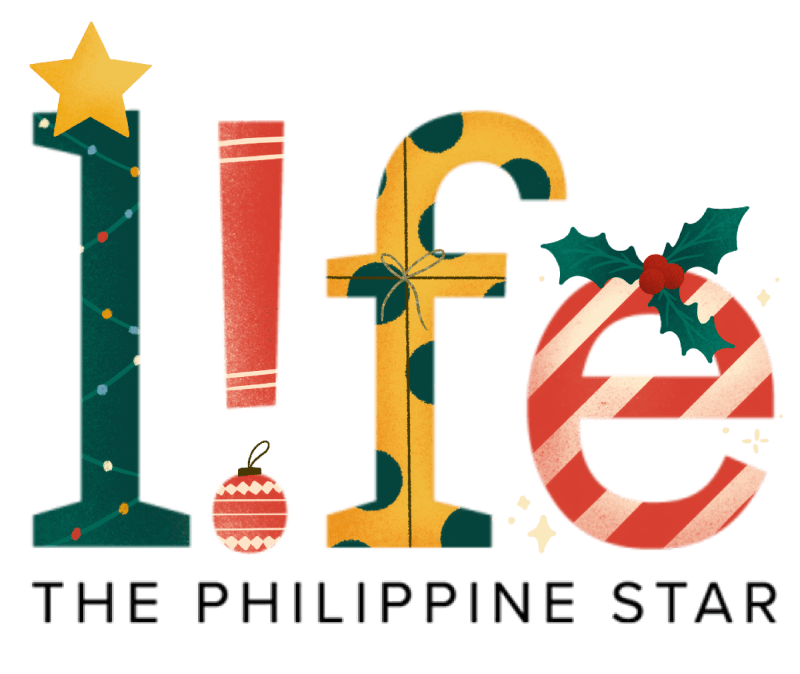The short-lived, kaleidoscopic energy of Paola Luz
One December day in 1984, the artist and photographer Paola Luz walked through the doors of the Tavern on the Square with two Nikons, one slung over her shoulders, the other held in her hands. That day Paola was to be interviewed for a profile piece to discuss her first major photography exhibit, a collection of celebrity portraits titled “Picture Show.” “Pixie-faced” was how the writer described her, full of sprightly confidence and wiry determination. “When she works, she usually looks for unique characteristic traits in her subjects and attempts to capture these on film,” the writer noted in the profile.
In the profile, Paola describes her approach to portraiture, specific to each celebrity. From Zsa Zsa Padilla and Gary Valenciano to Joy Salinas and Raymond Lauchengco, the roster of personalities Paola has worked with speaks not only to the range of her social network but also to her capacity to adapt and attend to each one’s particularities and quirks. In capturing Gary Valenciano, Paola observed how “the only way to photograph him is to make all that energy come out, even if it’s a portrait shot.” Meanwhile, regarding the singer-songwriter Ray-An Fuentes: “I wanted him to look simpatico.” And on the actor Rowell Santiago: “Too many cheesecake smiles.”

The entire premise of the portrait form hinges on its capacity to represent selfhood or at least one iteration of it. Throughout her unjustly short-lived career (Paola passed away from cancer at the age of 27), portraiture signaled just one of her many artistic impulses; but that genre, in its wide-ranging ability to render identity, perhaps best encompasses the significance of her work today. “21 Portraits,” a retrospective exhibition showing at the Purita Kalaw-Ledesma Center until March 27, asserts this stance persuasively as Paola engaged in the interlocking currents of pop culture and the arts ecology throughout her photography practice.
Speaking of the historical context of the ‘80s, Mayumi Hirano, one of the curators of “21 Portraits,” observed that “the art scene was more interconnected with the entertainment scene at that time.” Paola’s photographs, infused with an eye for wonder and specificity, appear attuned to this connection between the commercial and the artistic, tempering hard-edged personalities with an introspective and artful closeness.
Framing the artists and celebrities in her portraits with a quiet intensity, Paola understood her task as a photographer as essentially a balancing act between intimacy and distance, interiority, and the social currents her subjects were embedded in. Modernist painter Galo Ocampo’s portrait features the subject smoking a pipe, staring contemplatively at the distance beyond. Just as affecting is Paola’s portrait of social realist painter Anita Magsaysay-Ho, whose cubist canvas serves as the backdrop to the artist’s piercingly volcanic gaze. We come to understand Paola through these shots as someone dedicated to seizing her subject’s idiosyncrasies as they materialize from within.

“When we look at portraits, we typically look at the ones captured in the photograph. But there is a hand, or multiple hands, that made it,” Hirano says. “21 Portraits” foregrounds the social aspect of the portrait, touching both on the reproducibility of the form and the networks that give way to its genesis. “These photographs in the exhibit are sort of unique in that we don’t know where the negatives are anymore,” Hirano explains. “These physical objects became the original, the only copy.”
As displayed in the Purita Kalaw-Ledesma Center, this context adds another dimension to the photographs, underscoring the porousness between Purita’s and Paola’s social networks. “We know Purita commissioned Paola to take photos of her friends in the art community, which included Paola’s father, Arturo Luz,” adds Hirano. Moreover, a number of the paintings from the KLFI Collection are by artists whom Paola herself photographed.

The interconnectedness within this archive speaks to Purita’s capacity to bring together artists of various persuasions, a gesture that can accumulate into an artistic act. LK Rigor, who co-curated the show with Hirano, references British anthropologist Tim Ingold, drawing parallels between archival and artistic practice: “I also see Purita the archivist as an artisan who, according to Ingold, ‘couples his own movements and gestures—indeed, his very life—with the becoming of materials, joining with and following the forces and flows that bring his work to fruition.’”
Contrary to its title, “21 Portraits” is not merely a compendium of portraits. It is a show that reckons with the archive as a medium for processing and preserving artistic identity, one as extensive as Paola’s. Sprinkled throughout the exhibition are newspaper clippings, book covers, a poetry excerpt, and even a headset playing Paola’s 1989 album “Stand Alone,” all of which furnish the space with a homespun feeling.
A textbook wunderkind, Paola had at her disposal a range of artistic capacities which, if taken at face value, may seem incoherent. But within the context of “21 Portraits,” they all coalesce into a generous offering of one artist’s search for identity at a time when the art world was still relatively secluded, catering to a nascent public. “This exhibit calls for being both cognizant and critical to several art structures that form the art scene,” Rigor notes. “Before it was smaller, but now it is much larger, with different players, some of them more visible and louder than others.” Channeling the kaleidoscopic energy of Paola Luz, “21 Portraits” maps out that development with the same probing disposition as its subject.

